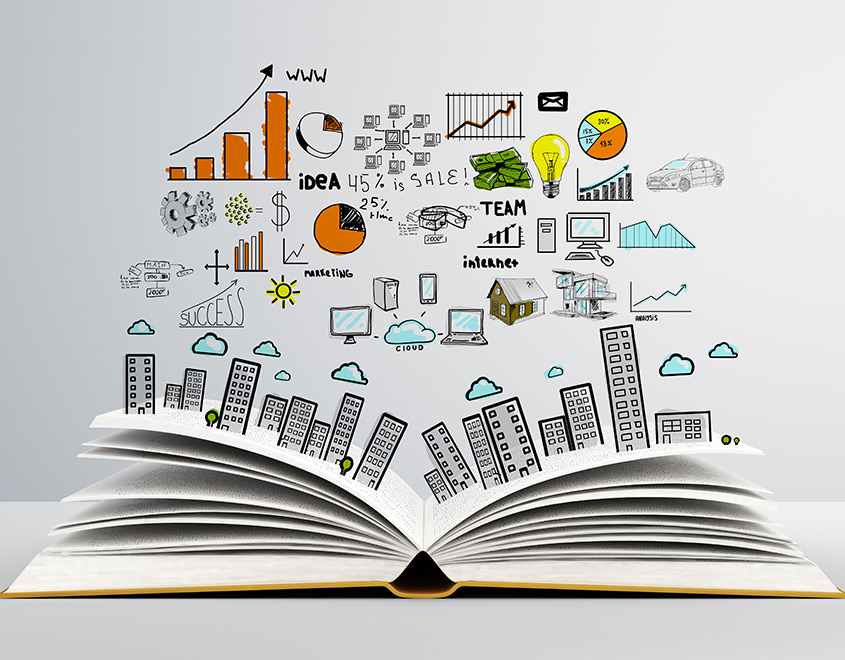Utilize Advanced AI Tools to Enhance Efficiency and Performance
Utilize Advanced AI Tools to Enhance Efficiency and Performance
Blog Article
Comprehensive Organization Guides for Progressing Innovation Education in Schools and Colleges
The assimilation of technology education into college and college curricula has come to be a crucial necessary in preparing trainees for a progressively electronic labor force. What specific approaches can be taken on to maximize their impact on both teachers and students?
Importance of Technology Education
As technology proceeds to evolve at an extraordinary pace, the importance of innovation education has actually ended up being increasingly evident in today's culture. The integration of innovation right into numerous facets of life requires that people have a foundational understanding of technological principles and applications. This understanding not just improves employability but also fosters essential reasoning and analytic abilities crucial for navigating a vibrant labor force.
In universities, technology education and learning outfits trainees with the capacity to adapt to rapid changes in markets driven by innovation. It encourages imagination and encourages students to engage with emerging modern technologies, from synthetic knowledge to information analytics. Additionally, technology education promotes electronic proficiency, which is critical in an age where info is conveniently available yet frequently deceptive.

Key Parts of Effective Guides
Reliable overviews for modern technology education need to include a number of crucial components to make sure that students acquire the most from their experiences. First, a well-defined educational program is essential, describing the purposes, learning results, and the skills to be created. This educational program should be consistently updated to reflect the quickly developing technological landscape, making certain relevance and applicability.
2nd, detailed resources that include books, on the internet products, and hands-on tools are crucial. These resources ought to be diverse and available, dealing with different learning designs and preferences. Additionally, integrating real-world situations and study can boost understanding and interaction.
Third, evaluation strategies have to be included to assess learner development successfully. These assessments must be differed, including cumulative and developmental assessments that align with the understanding objectives.
Furthermore, professional advancement possibilities for educators are crucial. Educating programs and workshops can equip teachers with the most recent instructional approaches and technological developments.
Lastly, fostering a collaborative learning environment encourages peer interaction and understanding sharing. By including these crucial elements, guides for modern technology education can substantially boost the learning experience, preparing trainees for future challenges in a significantly electronic globe.
Structure Industry Collaborations
Structure solid market collaborations is a vital aspect of improving technology education. These collaborations between schools and businesses develop a vibrant ecosystem that profits pupils, companies, and educators alike. By promoting relationships with industry colleges, schools and leaders can align their educational programs with the progressing needs of the task market, guaranteeing that trainees acquire pertinent skills and expertise.
The advancement of internships, apprenticeships, and mentorship programs works as a foundation of these partnerships. Such chances supply pupils with hands-on experience, enhancing their employability and functional understanding of technology applications. In addition, industry partners can offer understandings into emerging trends and technological advancements, permitting instructors to adapt their teaching methods appropriately.
Moreover, collaborations can facilitate accessibility to resources, such as equipment, software application, and funding for research projects. These payments improve the learning setting and enable establishments to stay at the forefront of technological technology. Inevitably, developing durable sector partnerships is crucial for growing an experienced workforce that satisfies the requirements these days's quickly altering technical landscape, while additionally driving economic development and competition browse this site in the wider community.
Implementing Innovation Programs
Carrying out innovation programs within schools calls for a tactical approach that prioritizes both educational program growth and source appropriation. To initiate successful technology combination, establishments need to first examine their existing framework and determine voids in sources, consisting of hardware, software, and employees training. This analysis makes it possible for institutions and universities to produce a customized plan that aligns with their details instructional objectives.
Next, it is vital to establish a comprehensive curriculum that integrates emerging technologies and industry requirements. Working together with instructors, sector specialists, and stakeholders can make certain that the educational program stays relevant and efficient in preparing pupils for the labor force (Education). Additionally, expert growth for faculty is crucial, as it gears up teachers with the abilities needed to efficiently instruct new innovations
Furthermore, institutions should stress the significance of hands-on knowing experiences, such as workshops and labs, that allow pupils to use academic expertise Read Full Report in sensible settings. This experiential method boosts involvement and cultivates essential thinking. Protecting lasting financing through gives and partnerships can assist maintain and increase technology programs, making certain long-term success and flexibility in an ever-evolving technical landscape.
Measuring Success and Results
Evaluating the success and outcomes of technology education programs is vital for confirming their impact and directing future renovations. Reliable dimension structures need to include both qualitative and quantitative metrics, providing an extensive sight of program efficiency. Trick efficiency indications (KPIs) such as student registration figures, retention rates, and program conclusion percentages supply important measurable data.

Integrating standard analyses can further assess pupils' technological expertises and readiness for the workforce. Benchmarking versus comparable establishments allows for contextually relevant contrasts, highlighting areas for growth.
Eventually, the continuous assessment of innovation education programs cultivates a culture of improvement, ensuring that they progress abreast with industry demands and instructional criteria. By systematically measuring success, institutions can not just demonstrate liability to stakeholders but also improve their offerings, consequently enhancing the discovering experience and preparing trainees for the ever-changing technical landscape.
Final Thought

The assimilation of technology education right into institution and university curricula has actually ended up being an important essential in preparing students for an increasingly digital labor force.As technology proceeds to progress at an unprecedented pace, the value of innovation education has actually become progressively apparent in today's culture.In educational institutions, technology education equips trainees with the capability to adapt to quick changes in markets driven by innovation. By prioritizing modern technology education and learning, establishments can cultivate a generation of you can find out more educated residents qualified of leveraging modern technology for personal and societal development. The execution of robust analysis techniques allows organizations to determine success and results, ultimately improving the general efficiency of technology education and learning campaigns and preparing pupils for future challenges.
Report this page